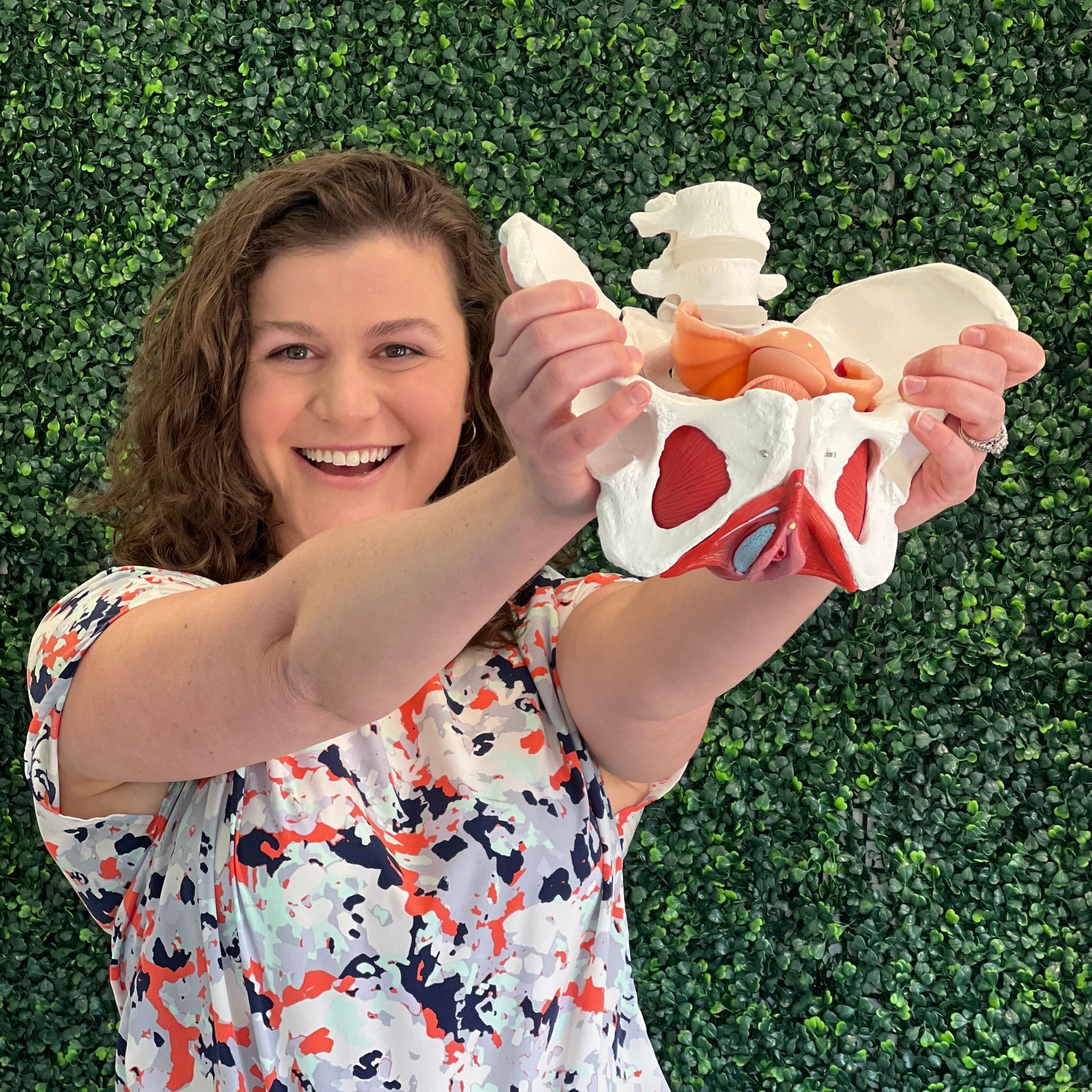Pelvic Floor
Physical Therapy
with Dr. Molly & Dr. Rebecca
Pelvic floor dysfunction is common among all ages and genders. However, just because these symptoms are common doesn’t mean they are normal! Our goal is to help address your pelvic floor dysfunctions, get back to your daily routine, and return to the fitness activities that you love without worrying about your symptoms.
We believe that physical therapy for the pelvic floor should be no different than treating any other part of the body. We take a patient-centered approach and consider how you as individual move, as well as factoring in your lifestyle. At Evolve, we address a variety of pelvic floor dysfunction, including urinary and bowel dysfunction, painful intercourse, prolapse, Low back and hip pains, diastasis recti abdominis, and postpartum issues. Lastly, our goal is to help you prepare your body for birth and gradually rehabilitate your body during the postpartum journey to return to activities of daily life and your fitness journey.
FAQs
We have answered our most common questions about
pelvic floor physical therapy below!
Do you have to have an internal pelvic floor exam performed?
No, an internal pelvic floor exam does not have to be performed. It is recommended that the internal portion of the exam is performed, as it will allow the clinician to gather the most accurate information, however, if a client is not comfortable with that portion of the exam, it does not have to be performed.
What are kegels? Do they need to be performed to strengthen the pelvic floor muscles?
Kegels are the contraction of the pelvic floor muscles and they can help to strengthen the pelvic floor. While this is a useful tool, there are other ways to strengthen the pelvic floor, and kegels may not be the best exercise for every patient depending on what pelvic floor dysfunction is present.
Is any form of urinary leakage normal? Can you have leakage without having a baby?
Any form of urinary leakage is an indication of pelvic floor dysfunction. Further examination and evaluation by a certified pelvic floor physical therapist can help determine the cause of this issue.
Yes! Urinary leakage or incontinence can occur in individuals who have not been pregnant or who have gone through labor and birth of a baby. There can be many reasons as to why you are experiencing incontinence, but it can occur in a variety of populations.
Can physical therapy help with prolapse?
Yes! Pelvic floor physical therapy can help with prolapse by working to strengthen the surrounding muscles, reduce feelings of heaviness, and provide behavior changes to reduce other symptoms (leakage, pelvic pain, etc).
What is diastasis recti abdominis (DRA)? Can physical therapy help with this?
Diastasis recti abdominis is the separation of the linea alba, which is the connective tissue between the rectus abdominis (the 6 pack muscle). During pregnancy, the abdominal wall widens and stretches to allow for the growth of the fetus. This is normal and happens in every pregnancy. The degree of widening varies per pregnancy however, physical therapy can help with strengthening the surrounding muscles and may help with reducing the widening of the space between the two muscles
Is pelvic floor physical therapy recommended for pregnancy and postpartum?
Yes! Pelvic floor physical therapy can help with adjusting to the physical changes endured during pregnancy and postpartum periods, prepare the body for labor and birth, discuss pain management strategies throughout this journey, breathing techniques for labor and birth, birthing positions, and more.

